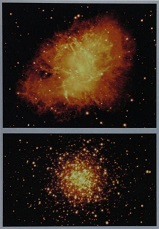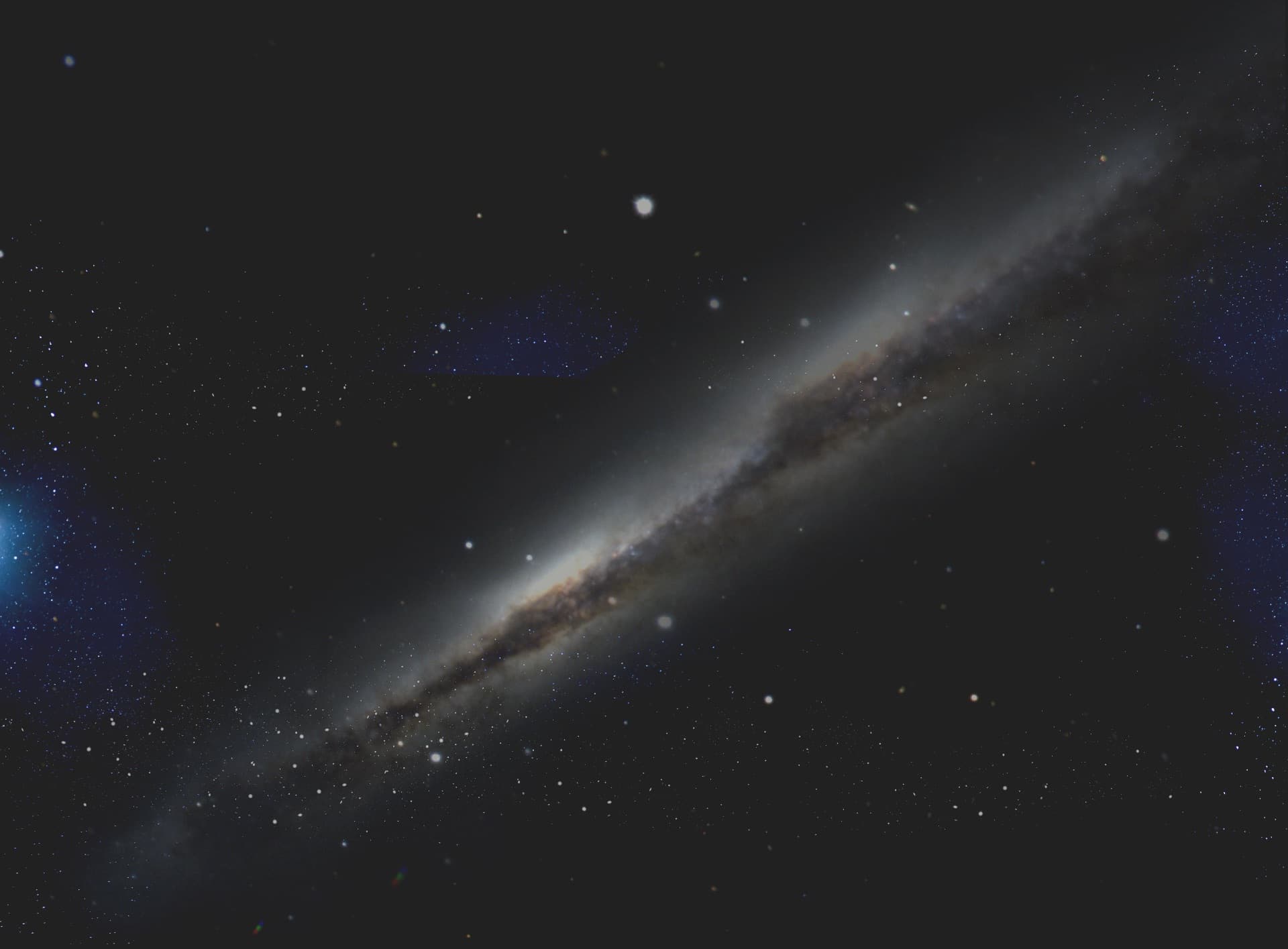- Article
- 150 words
- Level: all audiences
Below is the text of a “News Notes” article from Sky & Telescope Magazine, July 1995, announcing the first use of the Vatican Advanced Technology Telescope, or VATT:
Click here to access this article via Ebscohost (available in many libraries).
Click here to access this article via Archive.org.
 Deep-dish astronomy: First light for VATT
Deep-dish astronomy: First light for VATT
Observing is now under way at the new Mount Graham International Observatory in Arizona. At the end of January, Richard P. Boyle, S.J. (Vatican Observatory) and Austin B. Tomaney (Columbia University) took the first visible-light images with the 1.8-meter Vatican Advanced Technology Telescope (VATT). First among the $3-million instrument’s noteworthy attributes is its deep, “salad-bowl” f/1.0 primary mirror (S&T: March 1994, page 12). It was one of the first to be formed by spin-casting techniques developed at the University of Arizona. Such a fast primary requires the secondary to be positioned with micron precision to achieve proper focus. These inaugural images of the Crab Nebula in Taurus (top) and globular cluster M3 in Canes Venatici (bottom) are 300-second and 100-second exposures, respectively. Each has an 11-arcminute field of view. Vatican astronomers hope to achieve subarcsecond resolution by tilting the secondary mirror to compensate for atmospheric turbulence. Courtesy Richard P. Boyle, S.J.
